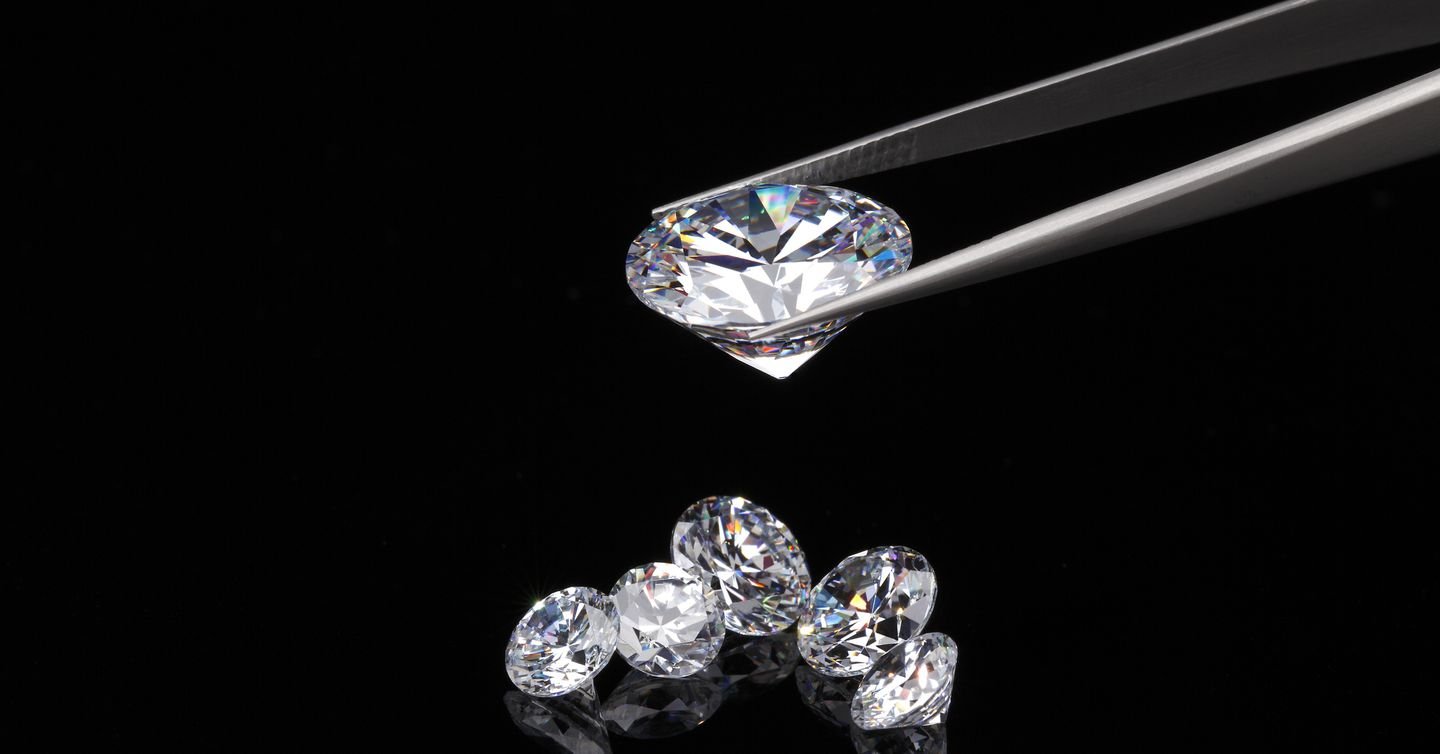In recent years, lab-grown diamonds have been making waves in the jewelry industry, offering consumers an ethical, sustainable, and often more af
In recent years, lab-grown diamonds have been making waves in the jewelry industry, offering consumers an ethical, sustainable, and often more affordable alternative to mined diamonds. However, despite their rising popularity, lab-grown diamonds are still surrounded by misconceptions and myths. Let’s delve into the top five myths surrounding lab-grown diamonds and debunk them one by one.

Myth 1: Lab-Grown Diamonds Are Not Real Diamonds
One of the most common misconceptions about lab-grown diamonds is that they are somehow inferior or fake compared to natural diamonds. This couldn’t be further from the truth. Lab-grown diamonds have the same chemical composition, crystal structure, and physical properties as natural diamonds. They are composed of carbon atoms arranged in the characteristic diamond crystal structure, making them identical to diamonds mined from the earth.
Lab-grown diamonds are created using advanced technology that replicates the natural diamond-growing process, resulting in gem-quality stones that are visually and chemically indistinguishable from mined diamonds. In fact, even trained gemologists require specialized equipment to differentiate between lab-grown and natural diamonds.
Myth 2: Lab-Grown Diamonds Are Poor Quality
Another myth surrounding lab-grown diamonds is that they are of inferior quality compared to natural diamonds. In reality, lab-grown diamonds undergo the same grading process as mined diamonds and are available in a wide range of qualities, from commercial grade to gem quality.
Just like natural diamonds, the quality of lab-grown diamonds depends on factors such as cut, color, clarity, and carat weight. Many lab-grown diamond manufacturers adhere to strict quality control standards to ensure that their diamonds meet or exceed industry standards.
Furthermore, because lab-grown diamonds are grown under controlled conditions, they often exhibit fewer inclusions and imperfections than natural diamonds, resulting in stones of exceptional clarity and brilliance.
Myth 3: Lab-Grown Diamonds Are Not Ethical
Some people believe that lab-grown diamonds are not ethical because they are still associated with the diamond industry, which has a history of ethical concerns such as environmental damage and human rights abuses. While it’s true that the diamond industry has faced these issues, lab-grown diamonds offer a more ethical alternative.
Unlike mined diamonds, which are often associated with environmental destruction and exploitation of labor, lab-grown diamonds have a significantly lower environmental impact and are produced with minimal human rights concerns. Additionally, many lab-grown diamond companies are transparent about their production processes and source their diamonds from reputable suppliers.
By choosing lab-grown diamonds, consumers can support ethical and sustainable practices in the jewelry industry while still enjoying the beauty and prestige of diamond jewelry.
Myth 4: Lab-Grown Diamonds Are Not as Valuable
There’s a common misconception that lab-grown diamonds are not as valuable as natural diamonds. While it’s true that lab-grown diamonds are typically priced lower than natural diamonds, this doesn’t mean they are less valuable.
The value of a diamond is determined by factors such as its cut, color, clarity, and carat weight, rather than whether it was grown in a lab or mined from the earth. In fact, lab-grown diamonds often offer better value for money because they tend to be more affordable than natural diamonds of comparable quality.
As consumer demand for lab-grown diamonds continues to grow, their value is likely to increase over time. Many consumers are attracted to the ethical and sustainable aspects of lab-grown diamonds, making them a desirable choice for engagement rings, wedding bands, and other fine jewelry.
Myth 5: Lab-Grown Diamonds Will Depreciate in Value
Some people believe that lab-grown diamonds will depreciate in value over time, similar to other lab-created gemstones. However, this is not necessarily the case.
While it’s true that some lab-created gemstones may depreciate in value due to oversupply or changes in consumer preferences, lab-grown diamonds are a different story. As technology advances and production costs decrease, lab-grown diamonds are becoming more accessible and affordable to consumers.
Additionally, the increasing demand for ethical and sustainable products means that lab-grown diamonds are likely to retain their value or even appreciate over time. As more consumers become aware of the benefits of lab-grown diamonds, their popularity is expected to continue to rise, driving up demand and potentially increasing their value in the long run.

In conclusion, lab-grown diamonds are a legitimate and increasingly popular option for consumers seeking ethical, sustainable, and high-quality diamond jewelry. By debunking these common myths, we hope to provide clarity and empower consumers to make informed decisions when purchasing diamonds. At Heerok, we are proud to offer a wide selection of lab-grown diamond jewelry, crafted with care and expertise to ensure the highest quality and value for our customers.

COMMENTS